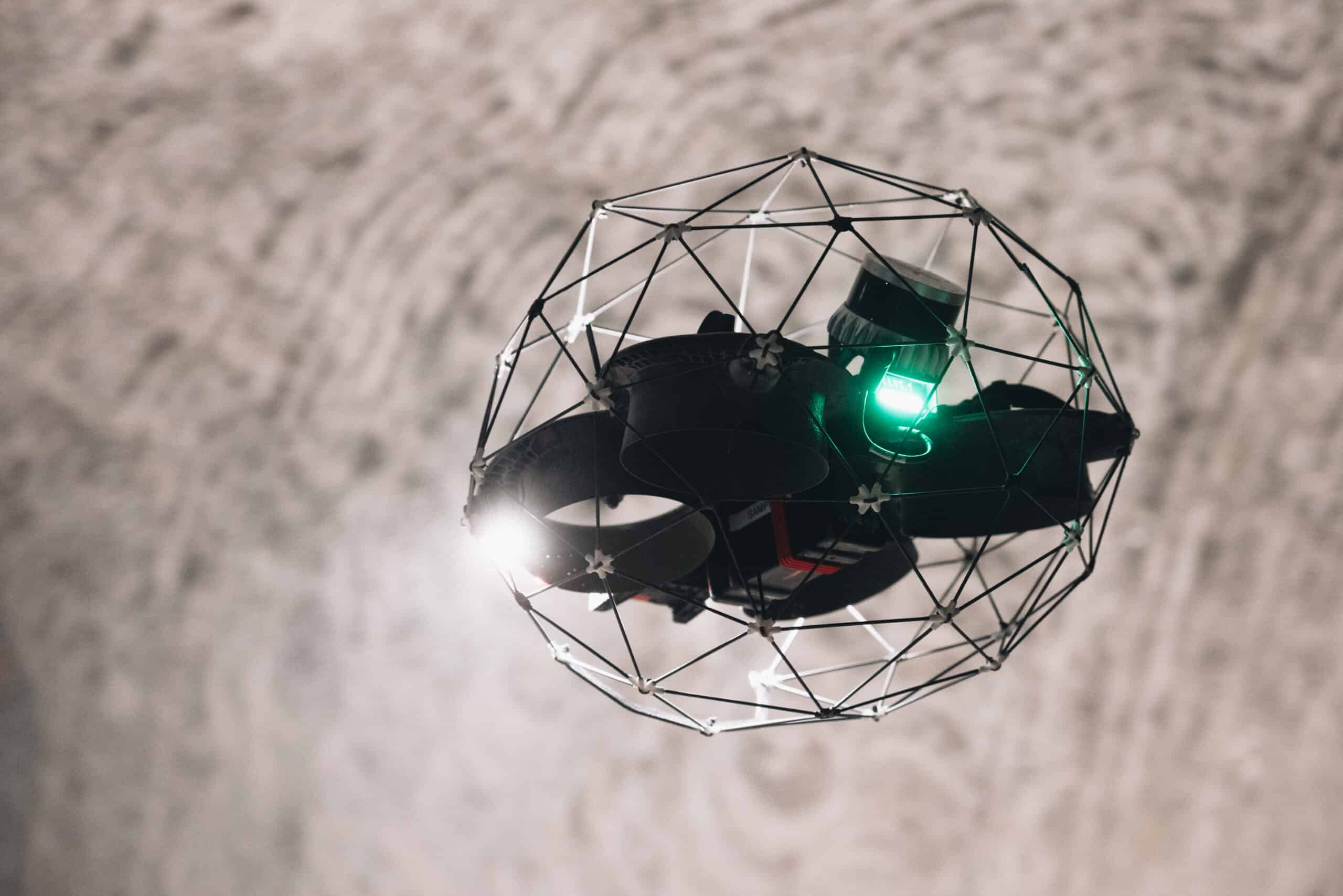
Technology is becoming more affordable and accessible, which is great news for all. With the democratization of tools that were once exclusive to governments and big corporations, we now carry powerful smartphones with advanced computing capabilities in our pockets. However, this accessibility also has a dark side. The rapid advancements in drone technology have given rise to a new age of criminal applications, including corporate espionage, stalking, and drug smuggling. Key incidents such as the Brazilian president’s inauguration, capture of underwater smuggling drones, and Gatwick airport drone sightings demonstrate the severity of the issue. Corporations and data centres are now facing security risks as drones are used to bypass physical security measures and steal sensitive information.
Corporate espionage and the rise of drone technology
Drones have become an increasingly popular tool for corporate espionage, with criminals using them to steal trade secrets, confidential information, and other sensitive data from corporations and data centres. Drones can easily bypass physical security measures, leaving companies vulnerable to attacks. In recent years, drones have been used for spying on the operations of corporations like Apple, Facebook, and Tesla, conducting aerial espionage and recording building activities to identify security patterns and gain intelligence.

Wireless, Bluetooth, and RFID signals are particularly vulnerable to drone cyberattacks, as they can access signals that traditional hackers cannot obtain. Drones equipped with cameras and thermal imagers can map the inside and outside of a property, detect heat signatures, and locate sensitive equipment. The growing concern about cyberattacks and data breaches has led to a decrease in consumer trust, with a PwC survey revealing that 75% of consumers do not believe companies handle sensitive personal data responsibly.
Drug smuggling and underwater drones
Increased land and air surveillance has led to a rise in underwater crime, with drug smugglers resorting to the use of underwater drones to transport their illicit goods. Spanish police have seized underwater drones built to smuggle drugs from Morocco, and authorities are now developing solutions to detect moving assets in water. Companies like Plextek are working on underwater subsystem technologies, designing autonomous sensors that are low cost, covert, and enduring to help combat drug smuggling via underwater drones.
Designing monitoring devices for underwater environments poses challenges such as full waterproofing at depth, power efficiency for extended submersion, signal propagation, and the ability to handle extreme temperature ranges. However, innovative electronic solutions are being applied in marine environments, with companies like Plextek delivering high-volume manufacture of E-Passport solutions and military-grade hybrid TETRA-LTE GPS smart tracker devices for marine rescue teams.
Stalking and harassment with drone technology
As drones are becoming more accessible, they are also being weaponized by abusive ex-partners for stalking and harassment purposes. The use of drones in stalking cases has been documented in several incidents, with victims feeling like prisoners in their own homes, fearing being filmed through windows or having their movements monitored. The Congressional Research Service report suggests that the misuse of drone technology will increase as they become more accessible, with stalking, harassment, voyeurism, and wiretapping being committed through drone operation.
Efforts are being made to make drones easier to track and link to individuals, but the rules on drone operation are vague and difficult to enforce. Organizations like Safe Horizon and the Electronic Privacy Information Center offer resources for victims of harassment, abuse, and stalking, including technology-driven forms.
Fighting back: Counter-drone measures
With drones being used in warfare, espionage, smuggling, and terrorism, governments are stocking up on technology to detect and neutralize aerial vehicles. DroneShield, an Australian company, has experienced global success due to increased demand for drone counter-measures in prisons, drug smuggling, and the Ukraine war. The company’s drone guns use jamming methods to neutralize drones, and recently announced $11 million purchase orders from two unnamed government agencies.
As the criminal applications of drones continue to rise, it is crucial for governments, corporations, and data centres to invest in counter-drone technology and train security staff to detect and combat these threats. The development of drone detection and jamming systems, as well as the creation of more stringent regulations and enforcement, can help protect sensitive corporate data and maintain public safety in the age of affordable and accessible drone technology.








